The equivalent circuit for a transformer, as shown above, is supposed to be consistent with the following equations:
\begin{align} \small{\mathrm{Equation~2.22:}}~V_1&=(r_1+j\omega L_{11})I_{1} + (j\omega L_{12})I_{2} \end{align} \begin{align} \small{\mathrm{Equation~2.23:}}~V_2&=(j\omega L_{21})I_{1}+(r_2+j\omega L_{22})I_{2} \end{align} where \begin{align} B_m=(a\omega L_{21})^{-1} \end{align} \begin{align} \mathrm x_1=\omega L_{1l} \end{align} \begin{align} \mathrm x_2=\omega L_{2l} \end{align} with L21 representing mutual inductance, and L1l and L2l representing leakage inductances.
"By writing Kirchoff's voltage equation around the path of each of the currents I1 and I2/a in Fig 2.5, the reader should find that Eqs. (2.22) and (2.23) are satisfied exactly" (Grainger & Stevenson, p50). The text in bold seems to suggest that I1 and I2/a take the paths that I drew in red, but authoritative voices on this site insist that load currents do not go through Gc and Bm and that only the no-load current goes through Gc and Bm.
How can the second term of Equation 2.22 \begin{align} \mathrm~(j\omega L_{12})I_{2} \end{align} exist if I2/a doesn't pass through Bm? Is the equivalent circuit really consistent with the equations? (Please note that I am well aware of the purpose of an equivalent circuit as a mere conceptual tool)


